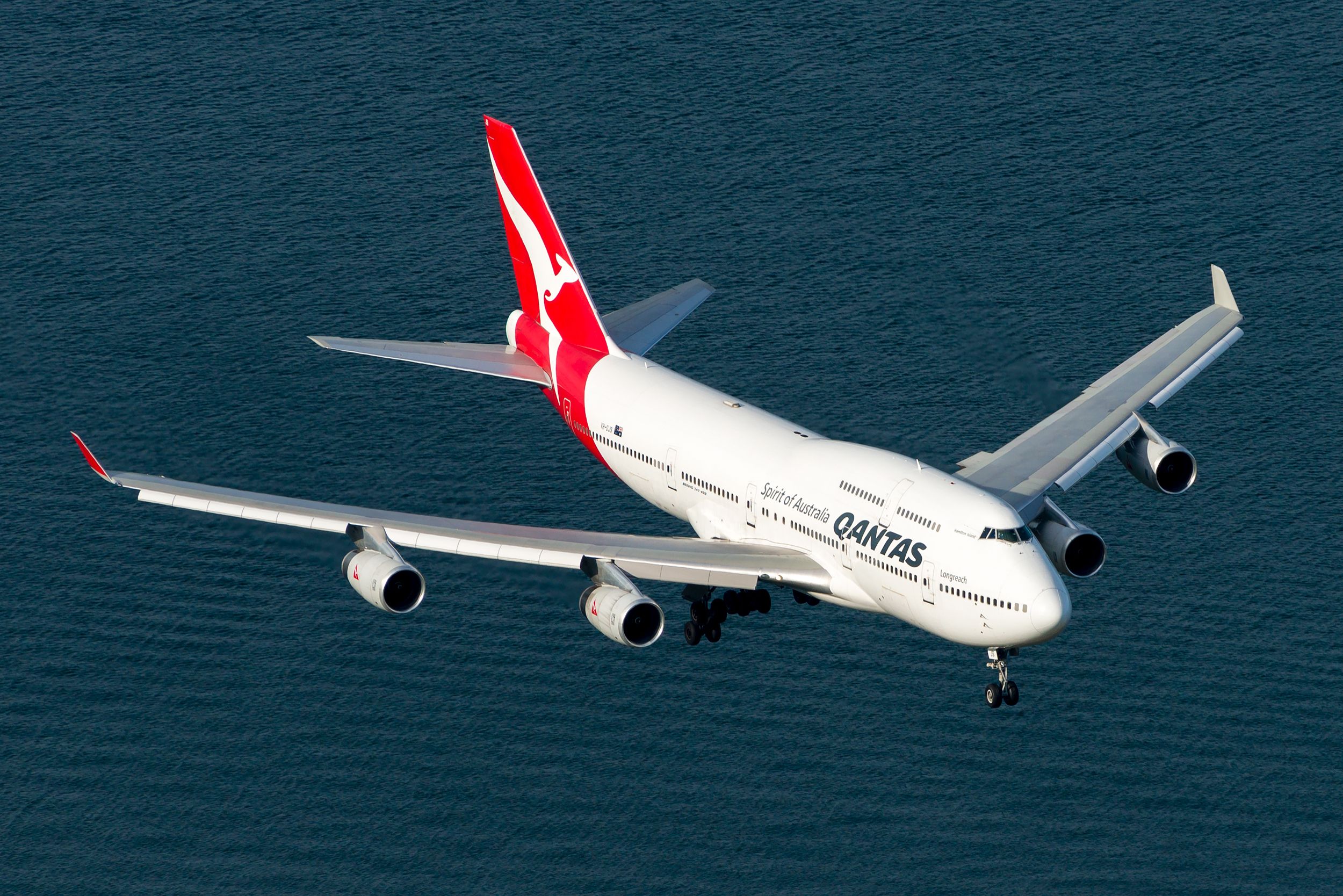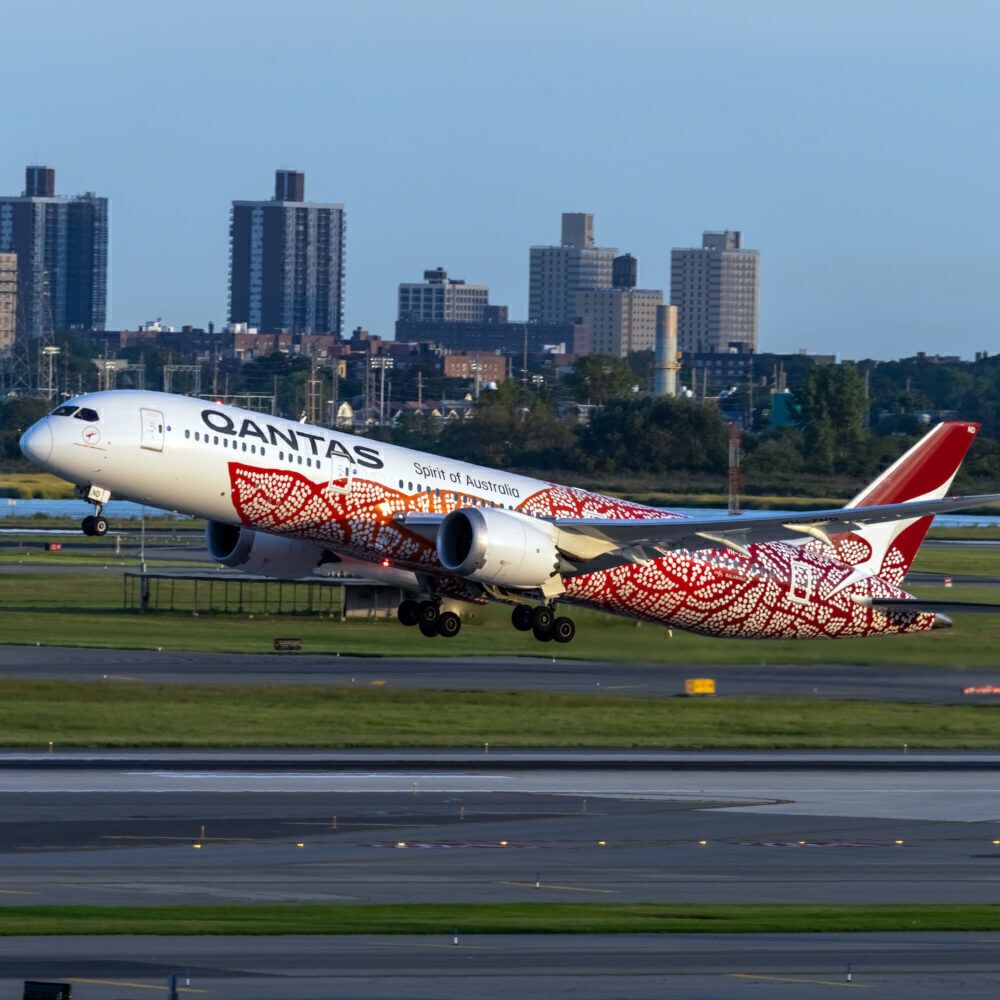On July 25th, 2008, a Qantas Boeing 747-400 was heading to Melbourne, Australia, after a stopover in Hong Kong when an oxygen tank exploded and ruptured its fuselage. The widebody was then forced to divert to the Philippines' Ninoy Aquino International Airport.
Onboard shock
Flight QF30 was carrying 350 passengers, 16 flight attendants, and three flight crew members. The initial leg of the service took off from London Heathrow before landing at Hong Kong International Airport. Registration VH-OJK departed Hong Kong at 09:22. However, after 55 minutes, while cruising at 29,000 feet, the occupants heard a loud bang before noticing depressurization of the cabin.
The quadjet’s oxygen masks dropped, and the cabin crew assisted with their appliance. During this period, the aircraft was flying over the South China Sea.
On the flight deck, the autopilot immediately disengaged, and the crew saw several alert messages. After seeing a cabin altitude warning, the pilots swiftly put on their oxygen masks and started performing emergency procedures.
The below video shows footage of the cabin during the incident and the damage to the aircraft.
There were no injuries to those on board. However, four passengers shared that their oxygen masks didn't deploy and that they were deprived of oxygen until the aircraft descended.
Love aviation history? Discover more of our stories here.
Prolonged investigation
“It happened very quickly,” Australian Transport Safety Bureau (ATSB) director Julian Walsh said, as reported by Reuters following a release of a preliminary report on the ATSB’s investigations. “The oxygen bottle went from the base of the aircraft, to the ceiling of the first-floor cabin. He added that it hit the handle of the cabin door on the way.”
There was a significant challenge with the findings amid the loss of the failed cylinder from the plane during the depressurization event. As a result, the investigation dragged on.
Still, the ATSB came to the conclusion that this was a notably rare event. The agency confirmed the safety of the general systems and processes concerning the provision of emergency supplemental oxygen for occupants on pressurized aircraft. It also highlighted that there was no record of any other related instances across the aviation industry.
The ATSB's summary of its final report stated the following:
“In summary, the investigation found that the manner of cylinder failure was unusual and implicated the presence of a defect, or action of a mechanism that directly led to the rupture event. However, despite the extensive exploration of the available evidence and the study of multiple hypothetical scenarios, the investigation was unable to identify any particular factor or factors that could, with any degree of probability, be associated with the cylinder failure event…
“…Safety action stemming from this event centred on ensuring that oxygen cylinder handling and maintenance procedures are optimal; that flight and cabin crew are suitably prepared for efficient management of a depressurisation situation; and that passengers are clearly and succinctly informed of their responsibilities and likely experiences during a situation that requires the use of the cabin oxygen masks.”
Get the latest aviation news straight to your inbox: Sign up for our newsletters today.
More on the aircraft
The 747 was left with a hole on the right side of its fuselage. Moreover, the wing-fuselage fairing was missing.
VH-OJK was repaired and returned to service but performed its final flight with Qantas in December 2009. It entered Nigerian outfit Max Air's fleet in October 2011 before being sent to storage in April 2017.
Qantas had a long and fruitful relationship with the 747 for nearly 50 years. The Queen of the Skies had helped the Australian airline grow its long-haul presence well over the decades.
This incident with the oxygen tank is just one part of a prosperous relationship between the carrier and the aircraft. Click here for more stories that occurred between the two entities.
What are your thoughts about this event involving a Qantas Boeing 747 15 years ago? What do you make of the overall incident? Let us know what you think in the comment section.


